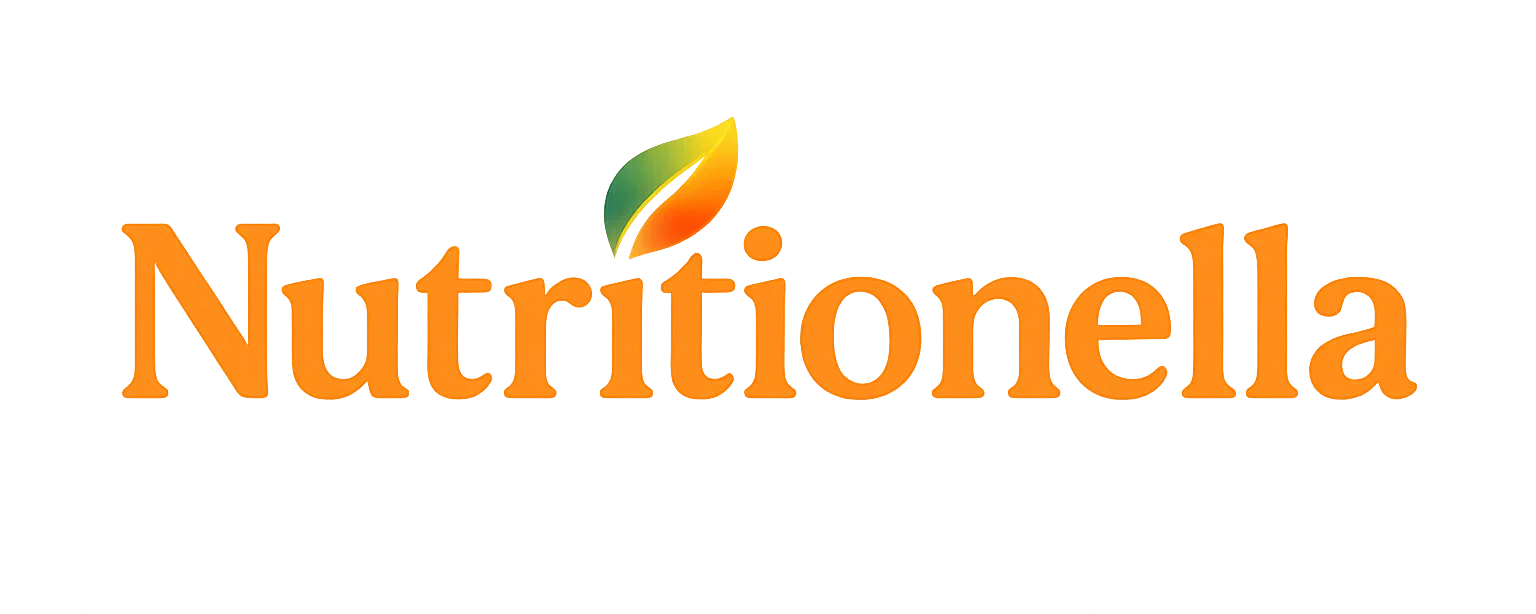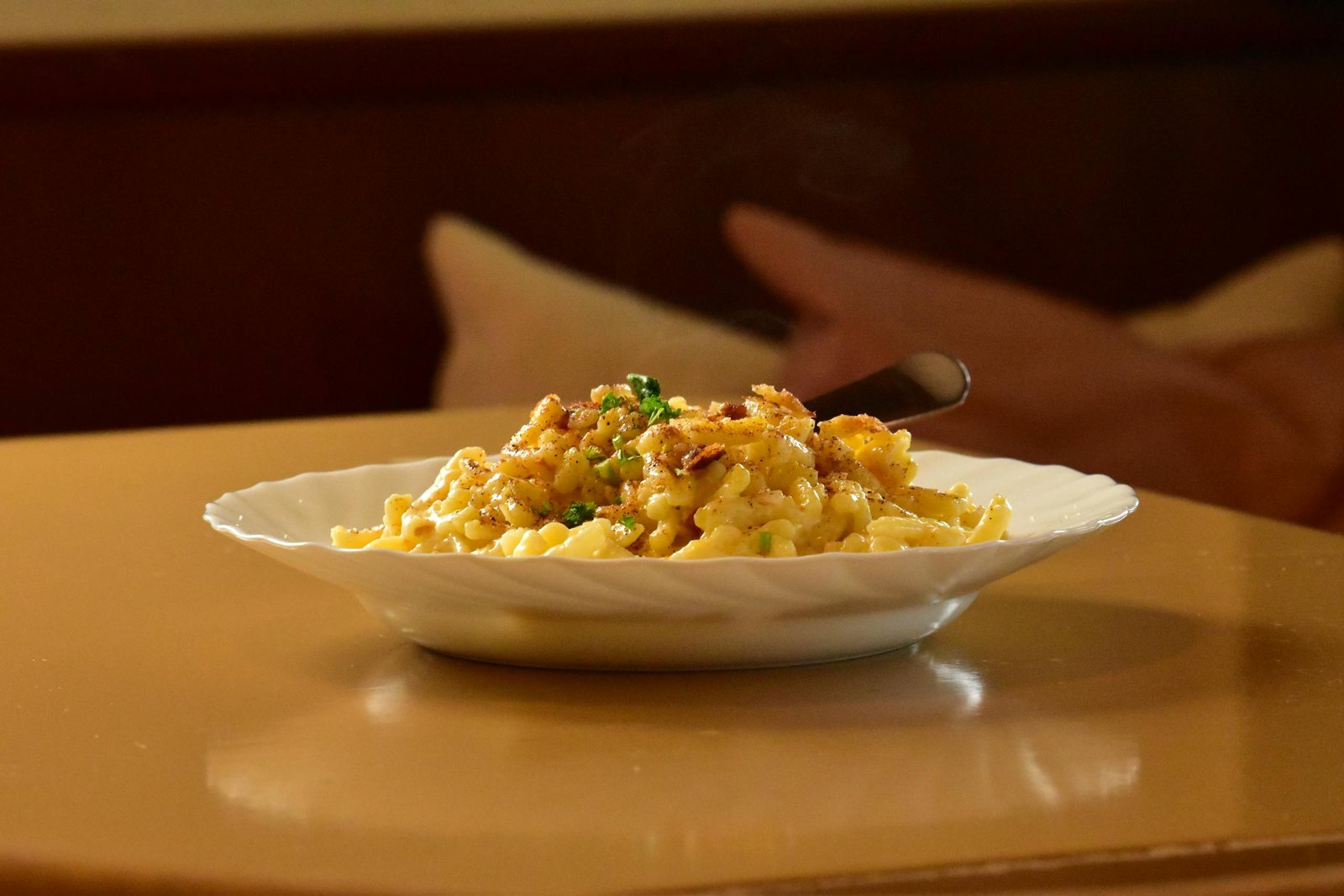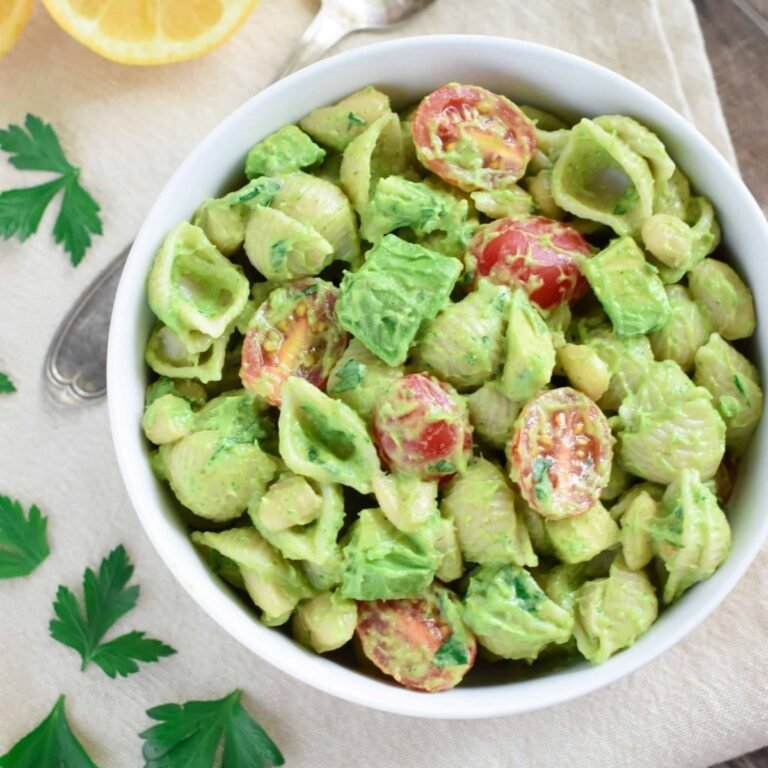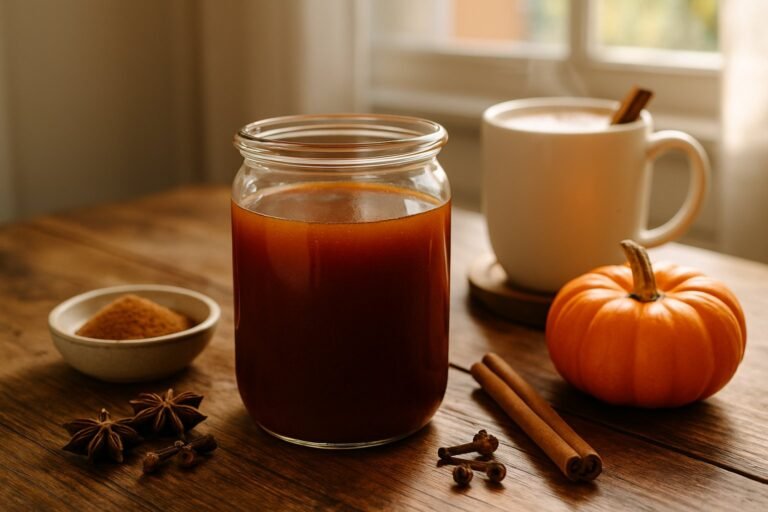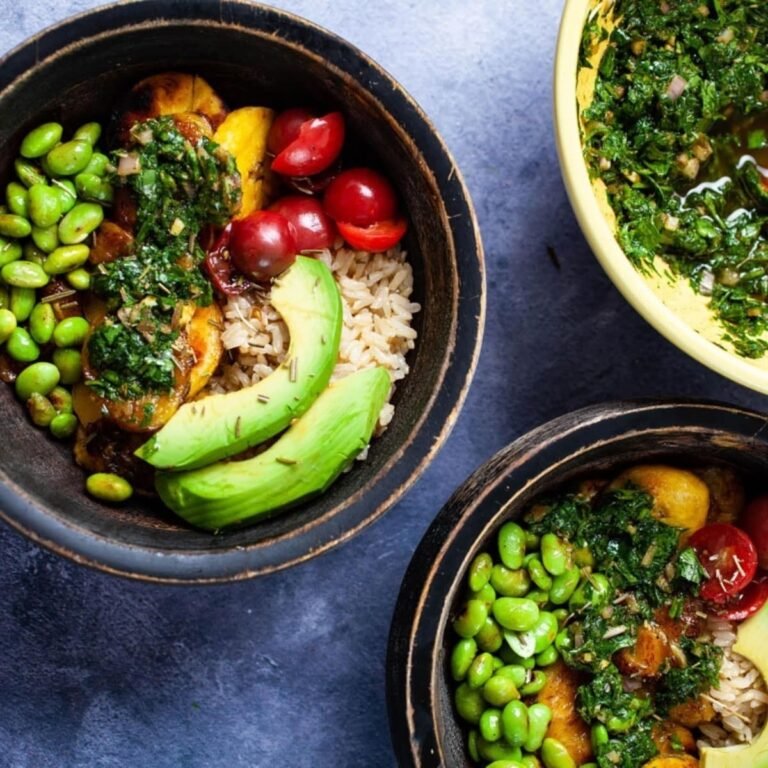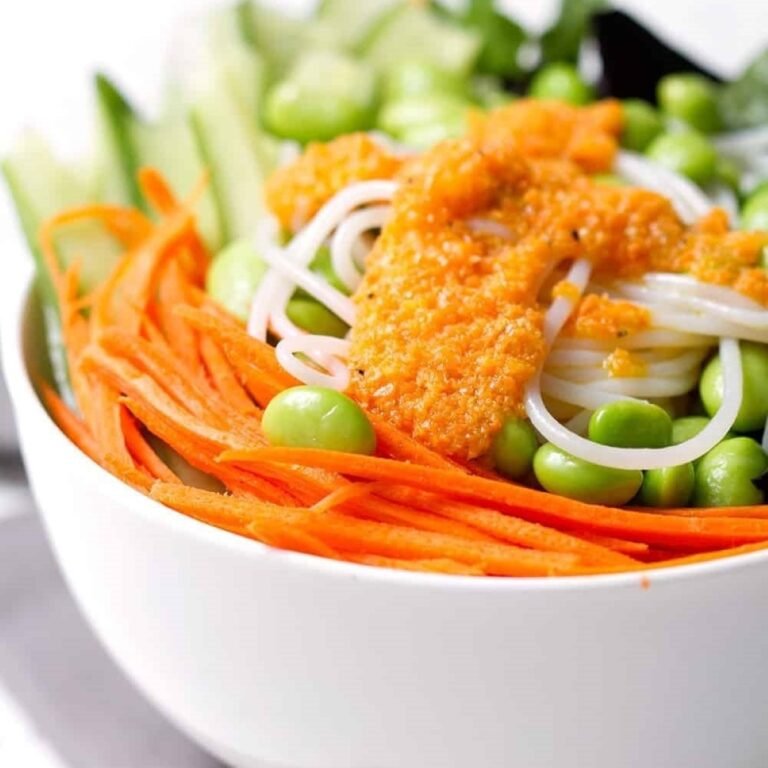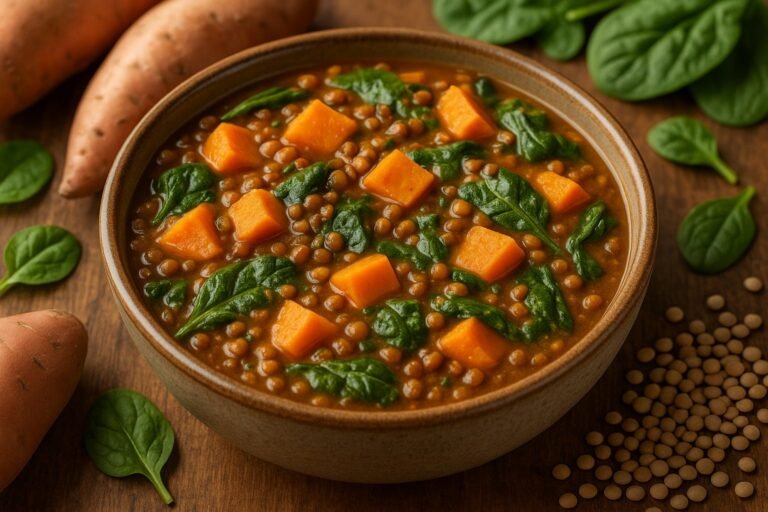Butternut Squash Mac & Cheese Recipe: Creamy, Cozy, & Craveable!
We love mac and cheese, no question about it. One night, craving something a little different for dinner, we decided to add roasted butternut squash to our classic mac and cheese recipe.
The result? A creamy, cheesy dish with a subtle, comforting sweetness that quickly became a favorite at our table.
It’s perfect for cozy fall nights or as a unique Thanksgiving side dish that everyone enjoys—even our toddler asks for seconds.
Butternut squash mac and cheese gives you all the comfort of classic macaroni and cheese but with a boost of veggies and flavor. The squash makes the sauce creamy and adds a beautiful golden color without overwhelming the taste.
It’s easy to make in one pot, so clean-up is a breeze, which we always appreciate after a busy day.
We like that this recipe feels special but still fits right in with all our favorite mac and cheese recipes. It’s satisfying, not too heavy, and has just the right touch of cheesy goodness.
Nutritional Value
Butternut squash mac and cheese is a great way for us to enjoy some cozy comfort food while sneaking in healthy nutrients. The squash adds a nice fall flavor and a boost of vitamins that traditional mac and cheese often lacks.
One serving has about 439 calories and includes a good mix of carbs, fats, and protein. We get around 15 grams of protein and 4 grams of fiber, which helps keep us full and supports digestion.
The winter squash brings potassium, vitamin A, and vitamin C to the dish. It also adds antioxidants that are good for our bodies.
Here’s a simple look at some key nutrients per serving:
| Nutrient | Amount | % Daily Value |
|---|---|---|
| Calories | 439 kcal | – |
| Protein | 15 g | – |
| Fiber | 4 g | 16% |
| Potassium | 465 mg | 10% |
| Vitamin A | 272 µg | 30% |
| Calcium | 188 mg | 19% |
| Fat | 13 g | 17% |
| Saturated Fat | 7 g | 35% |
The combination of whole wheat noodles, cheeses, and butternut squash makes this dish richer in vitamins and minerals than regular mac and cheese.
Butternut Squash Mac & Cheese Recipe
This recipe brings together creamy cheese, tender pasta, and the sweet, smooth flavor of butternut squash. We use simple ingredients like sharp cheddar, cream cheese, and mashed butternut squash to make a rich cheese sauce without needing flour or a béchamel.
The method keeps everything in one pot, saving time and cleanup.
Ingredients & Tools
We’ll need about 2 cups of mashed butternut squash, which can come from roasting a fresh squash or using canned butternut squash puree. For the cheese blend, sharp cheddar, cream cheese, and Parmesan work best to add layers of flavor.
Pasta choices like elbow macaroni, pipe rigate, or shells hold the sauce well. Butter and olive oil are used for roasting and flavor.
Garlic powder, onion powder, salt, pepper, and a pinch of nutmeg add seasoning.
For tools, a large pot or Dutch oven lets us cook pasta and make the sauce all in one place. A baking dish can work if you want to finish it baked with a topping of seasoned breadcrumbs or panko for extra crunch.
Step by Step Instructions
First, roast the butternut squash until soft, then mash or puree it in a blender. If you don’t have time, canned squash puree is a good shortcut.
Next, melt butter in a large pot and add garlic and onion powder. Stir in your dry pasta, then pour in water or vegetable broth with salt to cook the pasta and squash together.
Once the pasta is almost done, stir in the cream cheese and mashed squash, letting the cream cheese melt into a creamy base.
Lower the heat and add sharp cheddar and Parmesan. Stir until the cheese melts into a smooth sauce that coats the pasta perfectly.
Season with black pepper, salt, and a little nutmeg or thyme if you want to add a herbal note. If baking, pour into a dish, top with panko and Parmesan, then bake until golden.
Variations Of This Butternut Squash Mac & Cheese Recipe For Different Diets

We can easily adjust this butternut squash mac and cheese to fit different diets. For vegan mac and cheese, we swap out dairy cheese with plant-based options.
Using cashews and nutritional yeast makes a creamy, cheesy sauce without any animal products. This version is simple and still full of flavor.
If you’re looking for a lower-carb or veggie-packed twist, we can add cauliflower mac and cheese. Cauliflower blended into the sauce or mixed with the pasta adds extra creaminess and nutrition.
For those who want a gluten-free option, we pick gluten-free pasta like rice or chickpea pasta. This makes the dish safe for gluten sensitivity but doesn’t change the taste too much.
You can also swap whole wheat noodles for more fiber without changing the basics.
If you want to add some protein, tofu or white beans work great. They blend into the sauce or toss in the pasta for a filling, balanced meal.
For spices, smoked paprika and a little garlic powder boost the flavor no matter the variation.
Here’s a quick summary:
| Diet Type | Key Changes | Notes |
|---|---|---|
| Vegan | Use cashews, nutritional yeast, no cheese | 100% dairy-free |
| Low-Carb/Vegetable | Add blended cauliflower | Adds creaminess and nutrition |
| Gluten-Free | Use gluten-free pasta | Safe for gluten intolerance |
| Higher Protein | Add tofu or white beans | Boosts protein without much change |
Serving & Storage Tips
We like serving butternut squash mac & cheese alongside roasted vegetables like broccoli or a fresh kale salad. The crispness of the salad or the crunch from pepitas adds a nice contrast to the creamy dish.
A simple green salad also works well. Toss some greens with a light vinaigrette to balance the richness of the mac & cheese.
If we want to switch things up, pairing it with butternut squash soup or even butternut squash risotto creates a cozy, fall-themed meal.
For leftovers, let the mac & cheese cool completely before storing it in an airtight container. It keeps in the fridge for up to 4 days.
When reheating, add a splash of milk or cream to keep it creamy and warm it gently on the stove or in the microwave. Stir often to avoid drying out.
If you want to freeze it, portion the mac & cheese into freezer-safe containers. It lasts about 2 months frozen.
Thaw in the fridge overnight before reheating. Adding extra roasted butternut squash cubes on top before serving can boost flavor and texture.
Frequently Asked Questions
We’ve gathered some common questions that cover how to make the recipe simpler, ways to boost creaminess, and ideas for using vegan ingredients or roasted butternut squash.
How can I make a vegan version of butternut squash mac & cheese?
To make it vegan, we swap out the cheddar cheese for vegan cheese or nutritional yeast. Using plant-based milk like almond or oat milk works well too.
You can add spices and nutritional yeast to keep that cheesy flavor without dairy.
What’s a simple way to prepare butternut squash mac & cheese?
Start by cooking frozen butternut squash cubes with vegetable broth until tender. Then blend until smooth to create the sauce.
Mix in cooked macaroni, vegan or regular milk, and cheese or a cheese substitute.
Is butternut squash mac & cheese considered a healthy dish?
Butternut squash adds vitamins and fiber, making it a bit healthier than traditional mac and cheese. Using whole milk and sharp cheddar adds some fat and calories, so balance is key.
You can lighten it up by using plant-based milk and less cheese.
Can I use nutritional yeast in butternut squash mac & cheese to make it creamier?
Yes, nutritional yeast adds a cheesy flavor but doesn’t really thicken the sauce. For creaminess, blending the squash well and adding milk or a creamy alternative works best.
Nutritional yeast is great for flavor and is a good option for vegan versions.
How do I incorporate roasted butternut squash into a mac & cheese recipe?
Roast the squash cubes in the oven until tender and slightly caramelized for more flavor. Then blend them into the sauce with broth or milk.
Roasting adds a deeper, nuttier taste compared to boiling or steaming.
What are some tips for making a creamy butternut squash mac & cheese?
Use an immersion blender to get a smooth sauce with no lumps.
Whole milk or half and half helps make it creamier.
Add the cheese slowly and stir until melted.
Butter also boosts creaminess and flavor.
